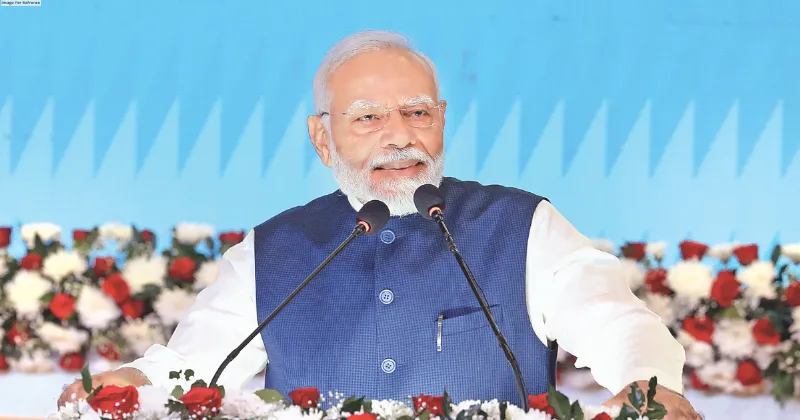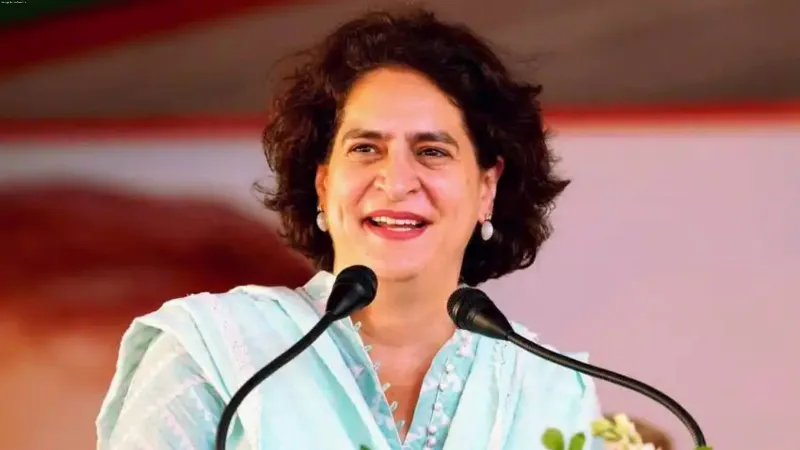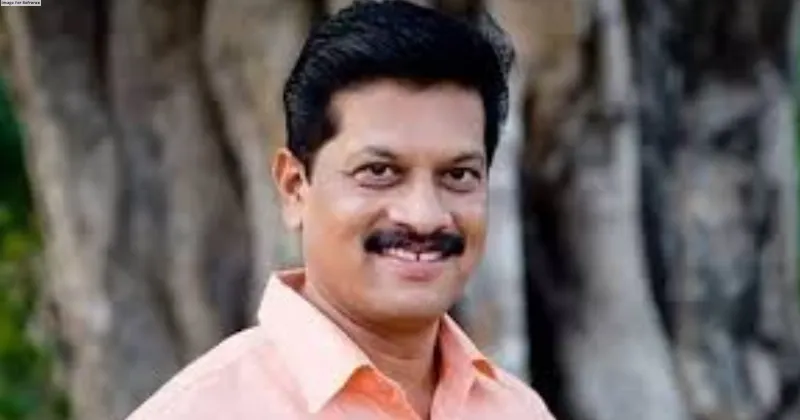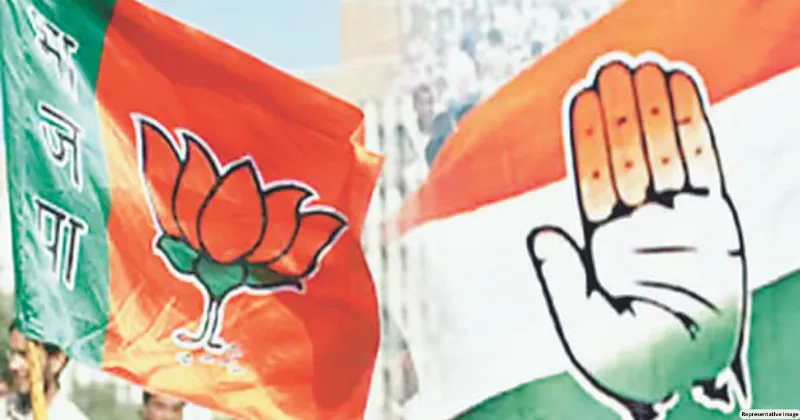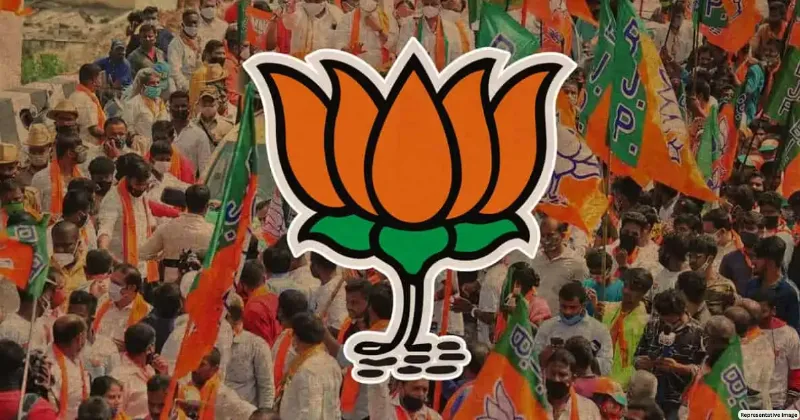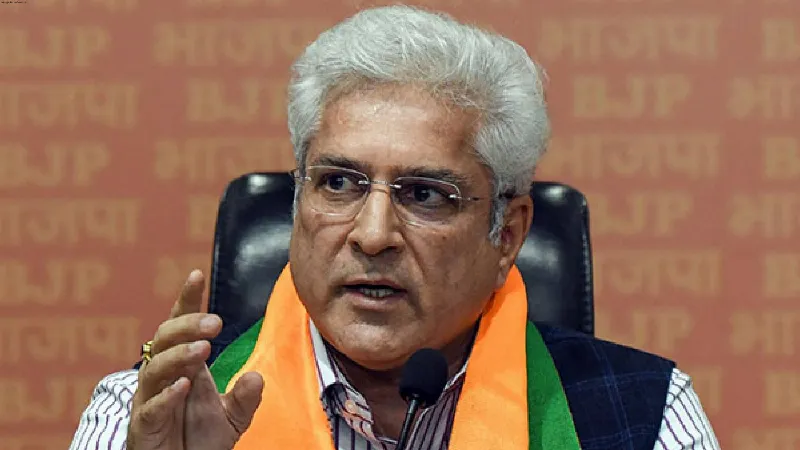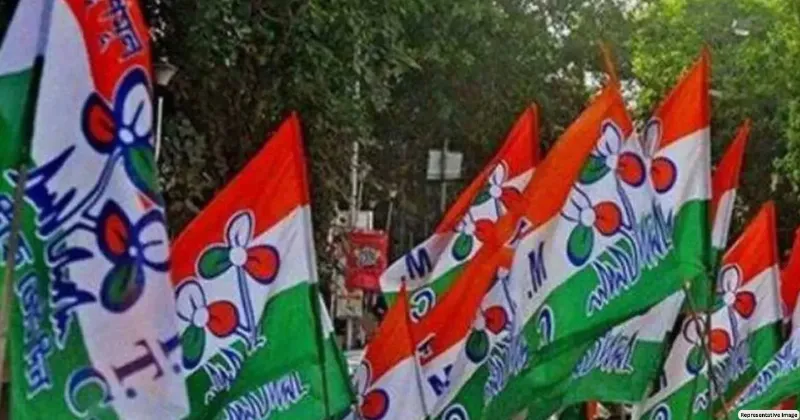Latest News
BUDGET REFLECTS TIGHT ROPE WALKING

Budget 2024 is just a maiden budget Conventionally, 2024 being an election year in India, the Modi government was expected to present an interim budget, which, essentially is a vote on account, whereby the parliament sanctions funds for the government to function in an uninterrupted manner till the new government is voted in and takes charge. The new government then, based on its stated election manifesto and the availability of resources, tables a fullfledged budget in the parliament. However, flouting this convention, the government has doled out massive fiscal concessions and benefits to the farm sector as well as the poor and women, whose disappointment with the central government’s previous policies is said to have cost the ruling part dearly in the state elections last year. Union Finance Minister Nirmala Sitharaman on Thursday presented the last Budget of the Narendra Modi government before the 2024 Lok Sabha elections, with a particular focus on women, youth, poor and farmers. In keeping with the tradition of the interim budget, the government kept tax rates untouched for now.
Fiscally responsible move amidst social focus: Interim Budget turned out to be a fiscally responsible Budget despite the political compulsion ahead of the national elections. Though the speech did highlight that the government’s primary focus is social justice, and the need to provide support to the poor, farmers, youth, and women, the fiscal deficit target of 5.1% for FY2025 and net government borrowing of Rs 11.75 lakh crore (lower than FY2024) has come as a positive for the markets. Bond markets are celebrating the same, with a rally in bond prices and appreciation in INR against USD. This is also good news for the banking system and overall sentiments for the markets.
Government’s Comprehensive Initiatives: Housing, Defence, FDI Promotion, and Innovation Boost: Support is provided to deserving sections of the middle class residing in rented accommodations, slums, or chawls to facilitate the purchase or construction of their own houses. Additionally, the government plans to construct 2 crore more houses for the rural poor over the next five years through the PM Awas Yojana (Grameen). The defence sector sees increased funding with the announcement of a higher defence budget, accompanied by the launch of a new scheme to bolster deep tech capabilities. Lastly, to boost domestic tourism, projects focusing on port connectivity, tourism infrastructure, and amenities are set to be launched in island groups, including Lakshadweep.
Impetus To An Ecosystem Of Startups: The interim budget presented today shall provide an impetus to an ecosystem of startups, technology companies and aspirants, providing them with ample opportunities to setup, enhance technological offerings and bolster innovation. These are positive sentiments that will further strengthen India’s technology landscape through research and innovation. A corpus of Rs 1 lakh crore will be established with a 50 year interest-free loan. Further, the government has extended tax benefits for start-ups to March 31, 2025 and withdrawn some outstanding direct tax demands. Deeptech and GenAI have the potential to revolutionize a variety of sectors. Ethical practices and its usage will lead to Indian brands and artists being recognised from local to global markets creating a seamless experience and put India on the global map for technological prowess.
Game-Changer For Rural Healthcare And Youth Empowerment: A significant boon for the healthcare industry, particularly benefiting the rural areas where the need is greatest. The government’s strategic initiatives, notably Mission Indradhanush, exemplify a transformative commitment to immunize against measles, polio, hepatitis B, tetanus, diphtheria, TB, and pertussis, empowering women and securing a brighter future for children.The visionary establishment of additional medical colleges resonates well with our youthful nation, addressing the aspirations of many prospective doctors who currently seek education abroad.
Viability Gap Funding For Offshore Wind Aids India’s Net-Zero Commitment: The announcement of viability gap funding for offshore wind as a measure to meet India’s net-zero commitment is welcome as the sector needs some support to kick start. As per CEEW(CEEW Centre for Energy Finance)’s analysis, while 65 per cent of the USD10 trillion of investments required for India to achieve netzero by 2070 can be mobilized from conventional sources, balance 35% will need interventions.
Elevating Seed Industry And Propelling India Towards Agricultural Self-Reliance: The Finance Minister of India has set a vision for India to become Viksit by 2047, focusing on agriculture reforms and selfreliance in oilseeds like mustard, groundnut, soyabean, sesame, and sunflower. The Seed Industry is pleased with the government’s emphasis on high-yielding seeds, modern farming techniques, market linkages, procurement, value addition, and crop insurance.
Charting A Course For Economic Transformation And Skill-Driven Growth: The budget’s long-term focus on infrastructure development for higher education and skill development is helping the youth of India become job-ready. Initiatives like the addition of 390 universities, skill development for over 2 million youth, and a 28% improvement in female enrollment in higher education will yield rich dividends for the industry and economy.
THE VIEWS EXPRESSED BY THE AUTHOR ARE PERSONAL
Prof ND Mathur The writer is Dean, Jaipur School of Economics, JECRC University & Sumant Kaushik The writer is Assistant Professor

